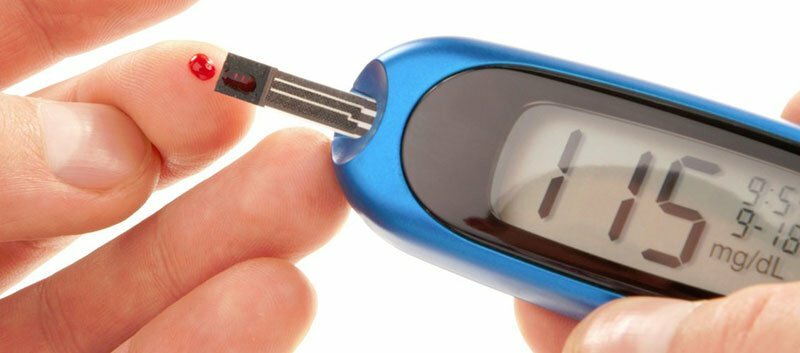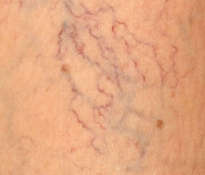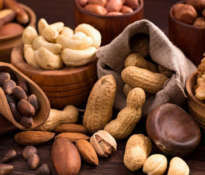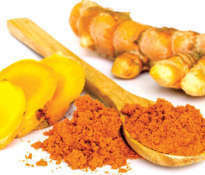There are many publications in the media and the Internet about the infinite health benefits that arise from eating dietary fiber. Nutritionists have been promoting the consumption of fiber-rich foods for many years. It turns out that for people suffering from type 1 or type 2 diabetes, dietary fiber is one of the most important nutrients. How does dietary fiber help diabetics?
Benefits of eating dietary fiber
It is easy to find the results of scientific studies that confirm that dietary fiber reduces the risk of heart attack, cancer, obesity, high blood pressure, gallstones, intestinal disorders, blood clots, varicose veins and diabetes. Adding dietary fiber to the eating plan is a great way to get rid of constipation and many problems associated with the digestive system.
How dietary fiber affects diabetes
High fiber foods can help type 2 diabetics by naturally reducing blood sugar levels. If the diet contains a sufficient amount of valuable fiber, then the rate of absorption of sugar into the bloodstream is slower. Food fiber slows down the digestion of food in the digestive tract and therefore glucose is slowly delivered to the blood. Fluctuations in blood sugar levels are very bad for diabetics and dietary fiber very effectively eliminates them.
If you have type 2 diabetes and want to get rid of overweight, eating fiber-rich foods will solve your problem. Appropriately composed meals contain less calories and also slow the absorption of sugars and fats into the blood.
Studies have shown that patients with diabetes who consume the recommended amount of dietary fiber may gradually reduce the dose of insulin. In patients with type 2 diabetes, intake of 50 g fiber throughout the day causes a reduction in blood glucose levels by 10%. Regular fiber intake may reduce insulin requirements by up to 30-40%.
Fiber rich foods have a low glycemic index, which means they stimulate the pancreas to a smaller extent to secrete insulin.
Where can I find dietary fiber?
Dietary fiber is a component of many foods. There are two types of fiber: water-soluble and insoluble. Both types are beneficial to health and should be included in a healthy diet.
The soluble fiber is found in grains, barley and some fruits and vegetables. Insoluble fiber can be found in wheat bran, whole grains and vegetables. Dietary fiber can also be bought in the form of a powder, which can be easily added to your own cooked food.
It is very important to emphasize that dietary fiber needs a lot of water to fulfill its function.
Recommended amounts of dietary fiber
Healthy adults are advised to consume 20 to 35 grams of dietary fiber per day. Patients with diabetes should double the recommended dose.
It is never too late to introduce dietary fiber into the diet and to find out about its beneficial effects on the whole body. Greater control over blood sugar is certainly worth changing in eating habits.










